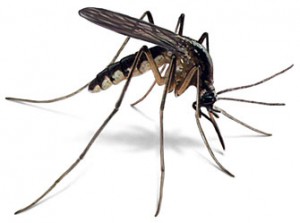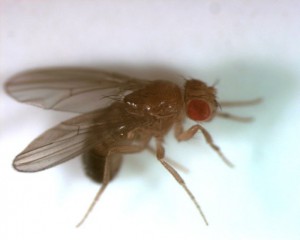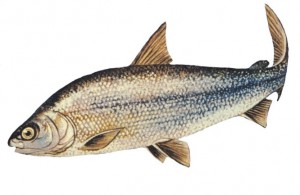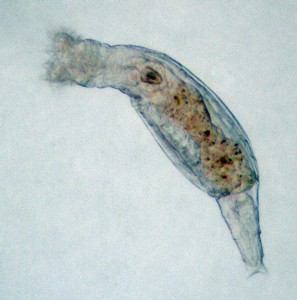Enter your address to receive notifications about new posts to your email.
Articles by Kayleigh O'Keeffe (7 results)
-
Clarity within the complexity of human breast cancer
With about 1 in 8 women in the United States expected to develop breast cancer in their lifetime, breast cancer remains the most common malignancy in women. Though heavily studied, its complexity creates significant challenges to diagnosis, prognosis, and treatment. One of the major problems is that causal DNA mutations of the disease vary from…
-
Modeling the promise and peril of gene drive
What if we could eradicate malaria by engineering a mosquito population that doesn’t transmit the disease? What if we could control invasive species that outcompete natural populations? What if we could get rid of insecticide-resistant pests not by developing new chemical treatments, but instead by changing the population itself and driving it toward extinction? Although…
-
The Fly as a Tool to Fight Neurodegenerative Disease
The effects of neurodegenerative diseases can be devastating for patients and their families. In 2007, the United Nations stated that 1 in 6 people in the world are affected by neurological disorders including diseases like Huntington’s, Alzheimer’s, and amyotrophic lateral sclerosis (ALS). With over 600 characterized neurological disorders yet very few treatments, it is imperative…
-
Exome sequencing: Giving researchers more bang for their buck
Over the last decade, advances in next-generation sequencing technology have given rise to many findings increasing our understanding of human disease and natural variation within species. Sequencing of the exome, the small fraction of the genome encompassing all exons of protein coding genes, has gained popularity as an inexpensive alternative to sequencing the entire genome.…
-
Sex with Benefits: Candida albicans and the Selective Advantage of Mating
A vast number of species depend on sexual reproduction for survival. Sex facilitates adaptation and rids populations of deleterious mutations. Despite the benefits of this process, sex can be remarkably costly and disrupt already advantageous genetic combinations. Only 20% of fungal species have been observed to reproduce sexually, and a long-standing mystery for researchers is…
-
Multiple Paths to the Same Result: Parallel Evolution in Lake Whitefish
For Lake Whitefish, history has repeated itself. Across the St. John River region that spans Québec and Maine, these freshwater fish have continually evolved in the same way. Within the many individual lakes in this area, Lake Whitefish have diverged into two groups differentiated by size and body shape. These two groups, known as “dwarf”…
-
The Secret Sex Lives of the Bdelloid Rotifers
Bdelloid rotifers have been veiled in mystery for decades. Despite extensive studies of this class of tiny freshwater invertebrates, no one has observed any trace of sex: no proven males, hermaphrodites, mating, or meiosis. Unlike other asexual organisms, which tend to be short-lived in evolutionary history, the apparently asexual bdelloid rotifers have managed to persist…







